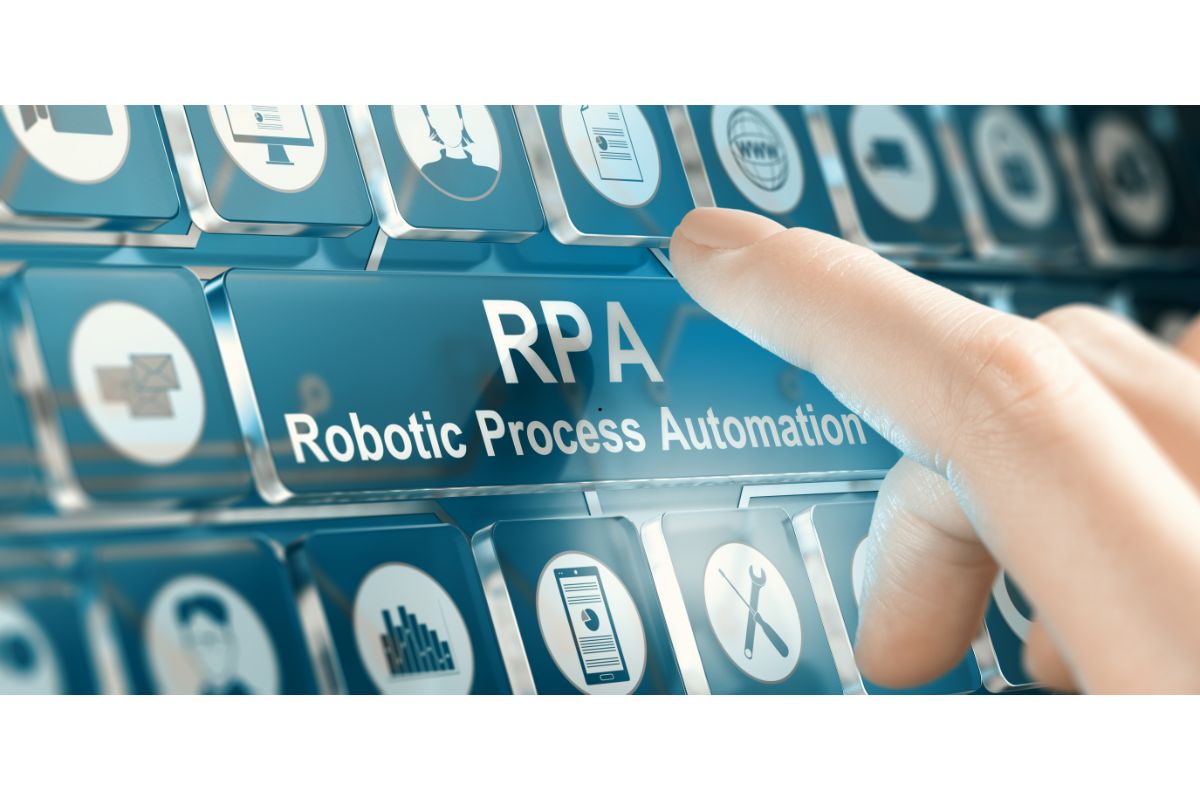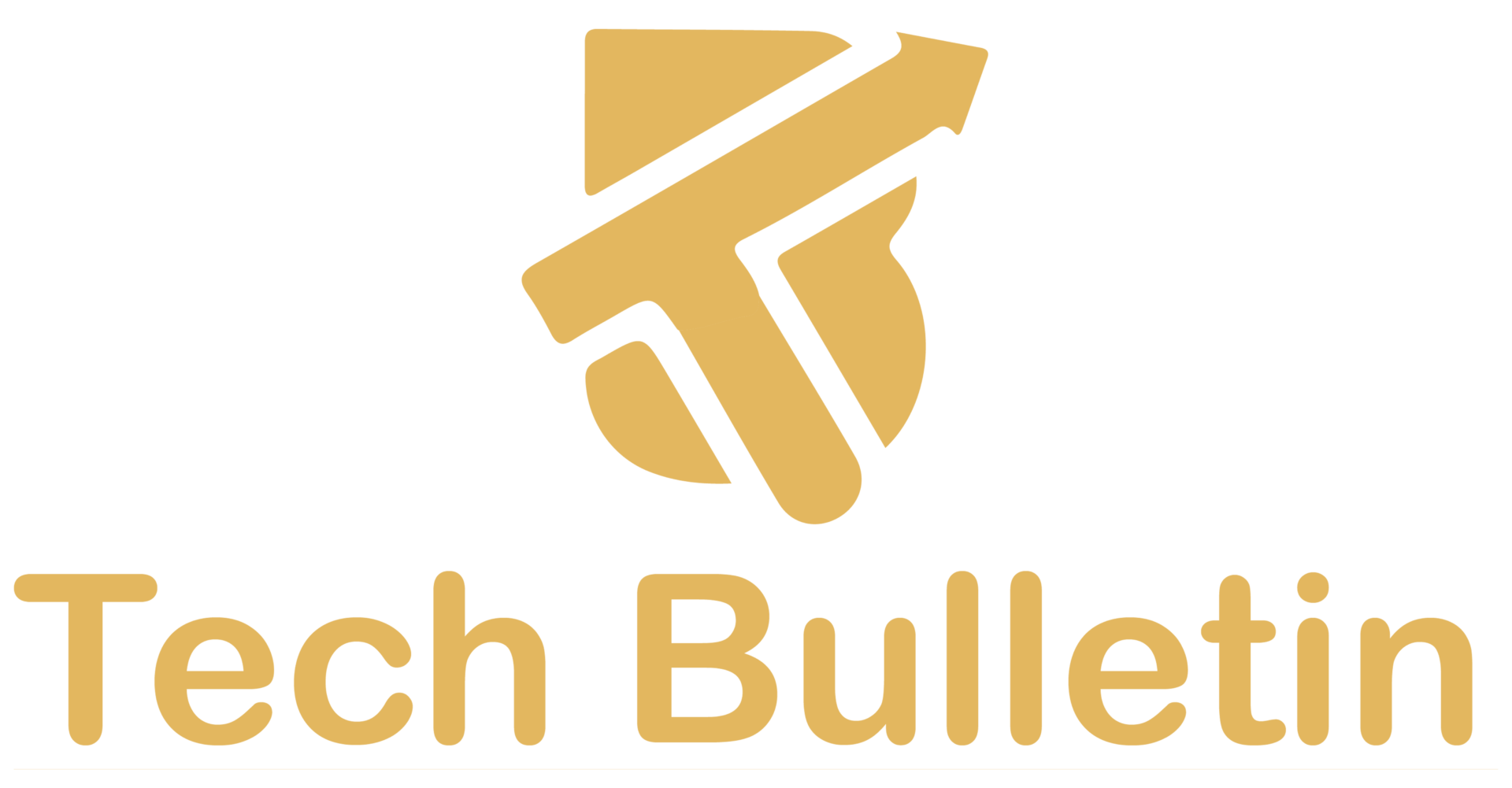What is Robotic Process Automation (RPA) and Its Primary Uses?

Robotic Process Automation (RPA) is a technology that allows organizations to automate repetitive, rule-based tasks. It mimics human actions to carry out processes in a faster, more accurate, and efficient manner. In this article, we’ll explore what RPA is, how it works, and the primary uses of this technology in modern businesses.
What is Robotic Process Automation (RPA)?
At its core, robotic process automation (RPA) is software that uses robots (or “bots”) to automate routine and repetitive tasks. These tasks typically involve structured data, predefined rules, and high volumes of work that humans usually perform. RPA bots can perform tasks like data entry, processing transactions, responding to queries, and much more.
How RPA Works
RPA operates by mimicking human actions within digital systems. The bots can interact with applications, websites, and systems, just as a human would. They can open emails, read data, input information, click buttons, and even make decisions based on predefined rules.
Unlike traditional automation tools, RPA doesn’t require deep programming knowledge. You don’t have to build complex systems. RPA tools come with a user-friendly interface, allowing businesses to automate processes with minimal technical expertise.
Primary Benefits of RPA
RPA offers numerous advantages for businesses across industries. Here are some of the key benefits:
- Increased efficiency: Bots can work 24/7 without breaks, reducing processing times significantly.
- Cost savings: By automating repetitive tasks, businesses can reduce labour costs and allocate human resources to more strategic roles.
- Accuracy and consistency: Bots perform tasks with high precision, reducing human error.
- Scalability: As demand grows, RPA systems can easily scale to handle more tasks without requiring additional human labour.
- Enhanced compliance: Bots follow predetermined rules, ensuring processes are executed with consistent adherence to regulations.
Primary Uses of Robotic Process Automation (RPA)
RPA is used in various industries and functions. From customer service to finance, RPA bots can streamline operations and improve overall productivity. Here’s a breakdown of some primary uses of RPA.
1. Data Entry and Management
One of the most common uses of RPA is automating data entry tasks. In many industries, employees spend countless hours inputting data into spreadsheets, databases, and CRM systems. RPA bots can automatically extract data from emails, forms, or websites and input it into the correct system.
This significantly reduces the time spent on manual data entry and minimizes the risk of human error.
2. Customer Service and Support

Customer service can benefit greatly from RPA, especially in handling repetitive queries and tasks. Bots can interact with customers through chatbots, responding to simple inquiries such as account balance checks, order statuses, or troubleshooting FAQs. This reduces the load on customer service agents, allowing them to focus on more complex issues.
RPA is also used for processing and escalating customer requests, improving service delivery time.
3. Invoice Processing and Accounts Payable
RPA is widely used in finance for automating invoice processing and managing accounts payable. Traditionally, handling invoices and payments involves a lot of manual work—reviewing, entering, and reconciling data. Bots can take care of the data extraction from invoices, match them to purchase orders, and trigger payments automatically, all while maintaining accuracy and speed.
This frees up finance teams to focus on analysis and strategic decision-making rather than manual data handling.
4. HR and Employee Onboarding
RPA can be highly beneficial in human resources, particularly in automating administrative tasks such as employee onboarding. From generating offer letters to setting up IT equipment and creating employee records in HR management systems, RPA can handle these tasks seamlessly.
Additionally, bots can help in payroll processing, employee data management, and tracking time off requests, improving the overall HR process efficiency.
5. Compliance and Regulatory Reporting
In industries that are heavily regulated, RPA plays a vital role in ensuring compliance. Bots can automate tasks like generating reports, ensuring that all data is correctly recorded, and submitting reports on time. This reduces the risk of non-compliance due to human error and ensures that businesses are always meeting regulatory requirements.
6. IT Operations
RPA is used in IT for automating tasks such as system monitoring, software updates, and troubleshooting common issues. Bots can run diagnostics, restart systems, update software, and even handle user requests, reducing the workload for IT staff.
This allows IT teams to focus on higher-level tasks like system architecture and strategy.
Types of Robotic Process Automation (RPA)
Not all RPA tools are created equal. RPA can be divided into three types, each offering varying levels of complexity and capabilities:
1. Attended RPA
Attended RPA bots work alongside human employees. These bots are typically triggered by a user’s action and are designed to assist with specific tasks. For example, a bot may help an employee pull up customer information during a call, assisting them with a more efficient workflow.
2. Unattended RPA
Unattended bots run without human interaction. These bots are scheduled to carry out tasks on their own, usually during off-hours. They handle repetitive tasks like data extraction, processing transactions, and generating reports without requiring human input.
3. Hybrid RPA
Hybrid RPA combines both attended and unattended automation. This allows businesses to leverage the benefits of both types—using unattended bots for back-office tasks and attended bots for customer-facing functions.
Challenges and Considerations When Implementing RPA

While RPA offers many benefits, there are some challenges businesses must consider when implementing automation.
- Change management: Employees may resist automation, fearing job loss or the need to adapt to new technology. It’s essential to address these concerns through proper training and communication.
- Integration with existing systems: RPA needs to be integrated with your current IT systems, which could pose technical challenges, especially in older systems.
- Initial setup costs: While RPA can save money in the long run, the initial investment for software, implementation, and training can be significant.
Despite these challenges, the long-term benefits of RPA typically outweigh the initial costs, particularly when it comes to improved productivity and cost reduction.
Conclusion
Robotic Process Automation (RPA) is revolutionizing how businesses operate by automating repetitive and rule-based tasks. Whether it’s in data entry, customer service, finance, HR, or IT, RPA offers significant improvements in efficiency, accuracy, and scalability. As businesses continue to embrace automation, RPA will play an increasingly important role in driving operational excellence and cost savings.
By understanding what RPA is and how it can be applied to various business functions, you can begin exploring ways to integrate it into your operations. RPA isn’t just a technology for large enterprises—it’s a cost-effective solution that’s accessible to businesses of all sizes.
FAQs
- What is Robotic Process Automation (RPA)?
- RPA is a technology that uses software robots to automate repetitive, rule-based tasks, improving efficiency and accuracy.
- How does RPA work?
- RPA bots mimic human actions by interacting with digital systems, performing tasks like data entry, processing transactions, and responding to queries.
- What industries can benefit from RPA?
- RPA can be applied across various industries, including finance, healthcare, HR, customer service, and IT operations.
- What are the different types of RPA?
- The three main types of RPA are attended, unattended, and hybrid, each offering different levels of automation.
- What are the challenges of implementing RPA?
- Challenges include resistance to change, integration with legacy systems, and the initial setup costs of RPA software.
- Can RPA replace human workers?
- While RPA automates repetitive tasks, it complements human work by freeing employees to focus on more complex, value-driven activities.
- Is RPA suitable for small businesses?
- Yes, RPA can be an affordable solution for small businesses looking to automate tasks, reduce costs, and improve efficiency.
Also Read: Pros and Cons of Self-Driving Car Technology






